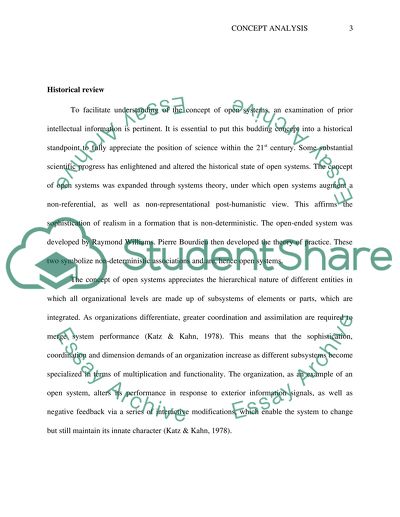Cite this document
(“Open Systems: A Conceptual Analysis Essay Example | Topics and Well Written Essays - 1750 words”, n.d.)
Open Systems: A Conceptual Analysis Essay Example | Topics and Well Written Essays - 1750 words. Retrieved from https://studentshare.org/military/1445246-concept-analysis-on-the-concept-of-open-system
Open Systems: A Conceptual Analysis Essay Example | Topics and Well Written Essays - 1750 words. Retrieved from https://studentshare.org/military/1445246-concept-analysis-on-the-concept-of-open-system
(Open Systems: A Conceptual Analysis Essay Example | Topics and Well Written Essays - 1750 Words)
Open Systems: A Conceptual Analysis Essay Example | Topics and Well Written Essays - 1750 Words. https://studentshare.org/military/1445246-concept-analysis-on-the-concept-of-open-system.
Open Systems: A Conceptual Analysis Essay Example | Topics and Well Written Essays - 1750 Words. https://studentshare.org/military/1445246-concept-analysis-on-the-concept-of-open-system.
“Open Systems: A Conceptual Analysis Essay Example | Topics and Well Written Essays - 1750 Words”, n.d. https://studentshare.org/military/1445246-concept-analysis-on-the-concept-of-open-system.


